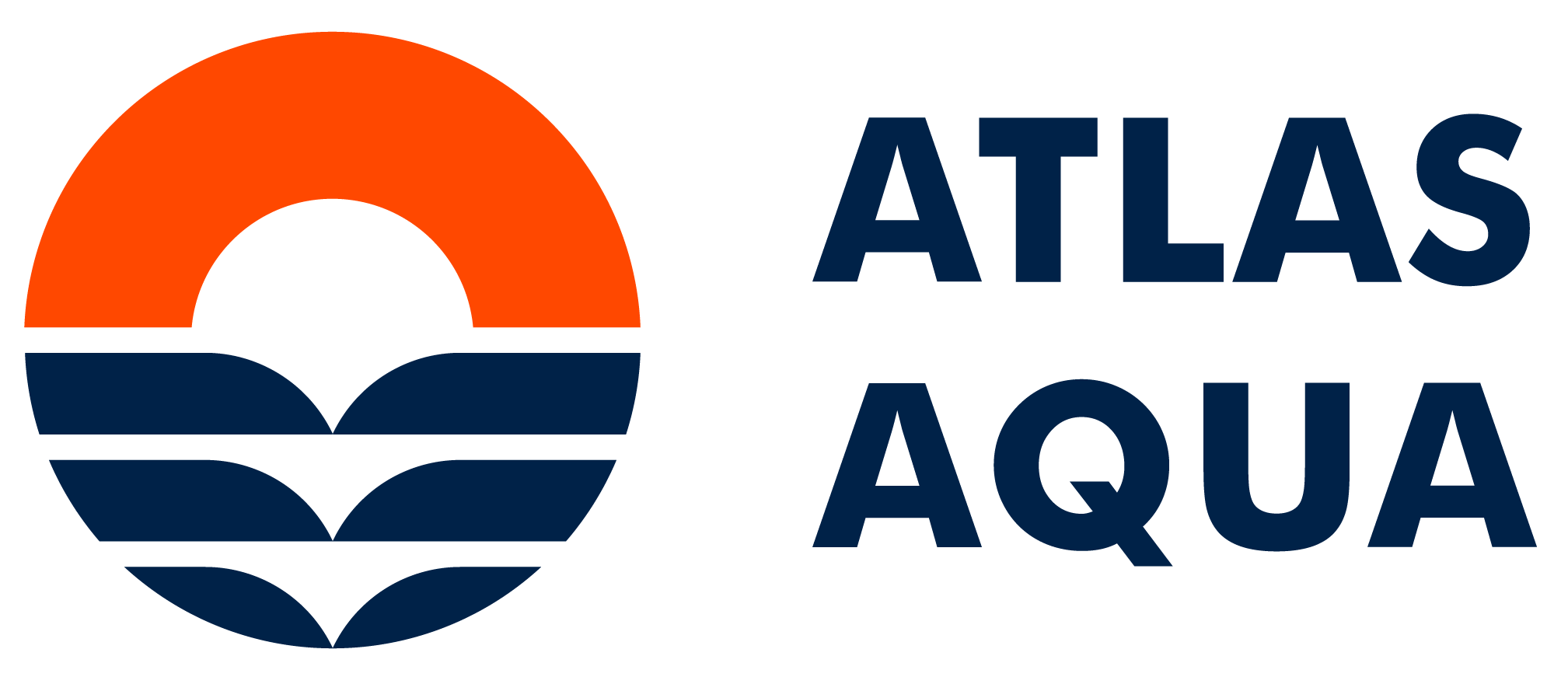
Complete Overview of Oxygen Cones in Aquaculture
Introduction
In aquaculture, the precise management of dissolved oxygen (DO) is essential to ensure optimal fish health, growth performance, and overall system stability. One of the most advanced and efficient methods of oxygen delivery in modern aquaculture systems is through the use of oxygen cones. Unlike conventional aeration devices, oxygen cones operate under pressurized conditions to enable near-complete dissolution of gaseous oxygen into water. At Atlas Aqua, we specialize in engineered oxygen transfer solutions, and our oxygen cones are at the forefront of high-efficiency, low-waste oxygenation technology.
This article provides a complete overview of how oxygen cones function, their advantages over alternative systems, and their integration into different aquaculture setups, with a focus on the innovations developed by Atlasaqua.
Offshore and Cage Culture
What is an Oxygen Cone?
An oxygen cone is a pressurized, conical vessel specifically designed to maximize the dissolution of pure oxygen gas into a flow of water. The geometry of the cone causes water to move in a downward, spiraling motion while maintaining contact with oxygen injected at the top. This extended residence time and contact surface area ensure a high oxygen transfer rate, often achieving near 100% saturation.
Unlike atmospheric aeration systems, which rely on gas exchange across the air-water interface, oxygen cones inject and dissolve pure oxygen directly into the water column, significantly increasing DO concentrations without substantial gas losses.
Key Operating Principles
- Hydraulic Pressure: Water enters the cone under pressure, which increases its capacity to hold dissolved gases.
- Gas-Liquid Contact Time: The conical shape prolongs the interaction between oxygen bubbles and water, enhancing dissolution.
- Counter-Current Flow: Oxygen is introduced at the top while water flows from the base upward in a counter-current pattern, improving transfer efficiency.
- Minimal Bubble Escape: Due to the extended contact and saturation, there is minimal gas escape from the system.
Advantages of Oxygen Cones
Oxygen cones offer several performance, economic, and operational advantages over traditional aeration and even some oxygen concentrator systems:
- High Oxygen Transfer Efficiency
- Typical systems can reach 95–100% transfer efficiency under optimal conditions.
- This reduces oxygen waste and operational costs.
- Compact Design
- Space-efficient and easily integrated into recirculating aquaculture systems (RAS) and flow-through systems.
- Reduced Energy Consumption
- Lower oxygen and energy requirements compared to low-efficiency surface aerators.
- Stable DO Profiles
- Provides consistent and precise oxygenation, reducing DO fluctuations that can stress fish or shrimp.
- Improved Biosecurity
- Higher DO levels support better immune responses and reduce susceptibility to anaerobic bacterial growth.
- Scalability
- Effective for both small hatcheries and large commercial grow-out operations.
Atlasaqua Oxygen Cone Technology
At Atlasaqua, our oxygen cones are engineered with performance and durability in mind. Designed for the rigorous demands of modern aquaculture, our systems include:
- Advanced CFD-Optimized Design
- Cone geometry refined using computational fluid dynamics for optimal flow and saturation.
- Corrosion-Resistant Materials
- Made from marine-grade polymers and stainless steel, ensuring long operational life.
- Integrated Monitoring Compatibility
- Seamlessly interfaces with Atlasaqua’s Smart DO Monitoring Systems for real-time oxygen tracking and automated control.
- Easy Maintenance
- Modular parts and smooth interior surfaces reduce biofouling and make cleaning straightforward.
Integration Into Aquaculture Systems
Recirculating Aquaculture Systems (RAS)
In RAS, oxygen cones are often integrated post-filtration and before re-entry into culture tanks. This ensures oxygen-enriched water is delivered directly to livestock environments with minimal delay.
Flow-Through Systems
For raceways or open-flow hatcheries, oxygen cones serve as supplementary oxygenation systems during peak biomass periods or when upstream DO levels drop.
